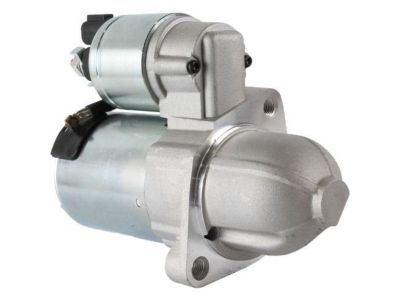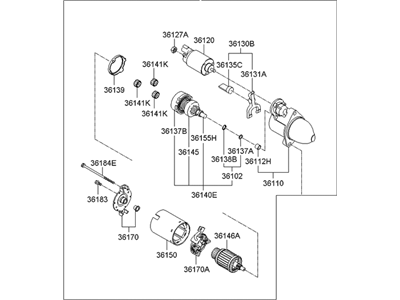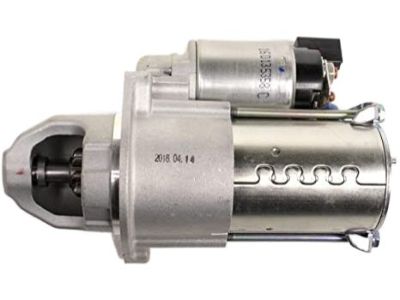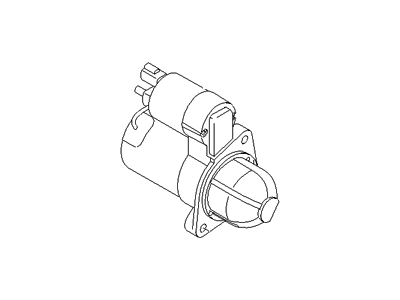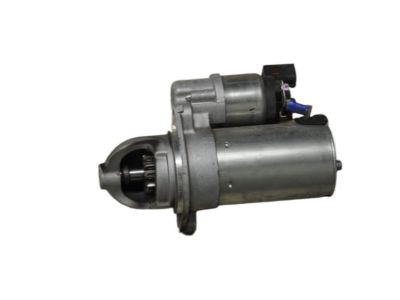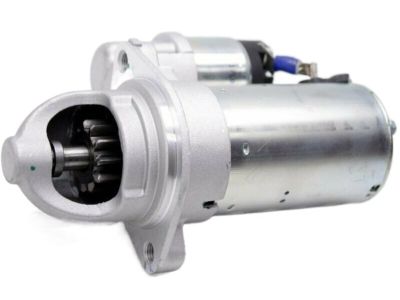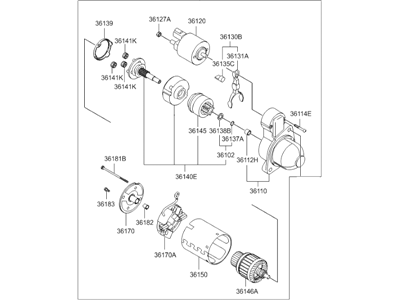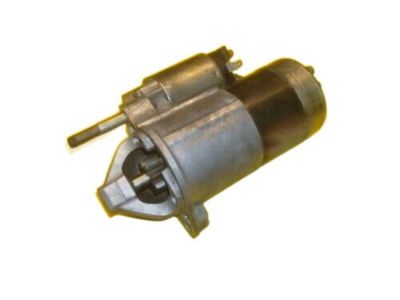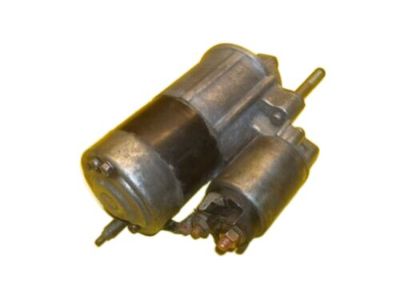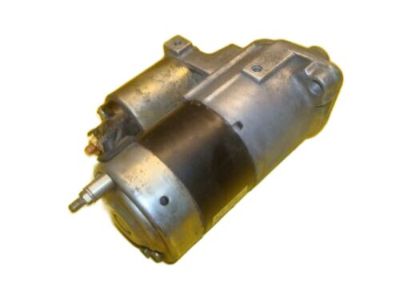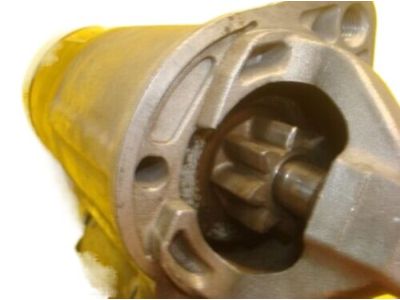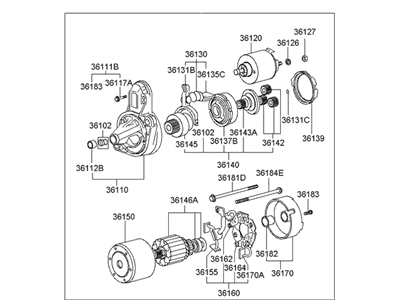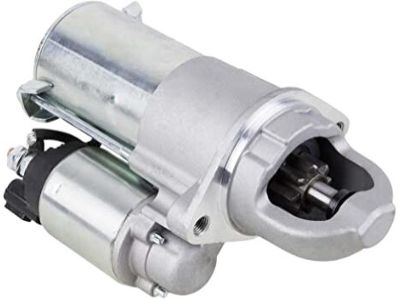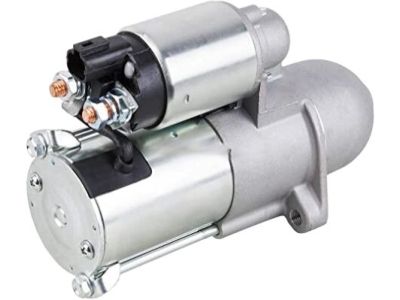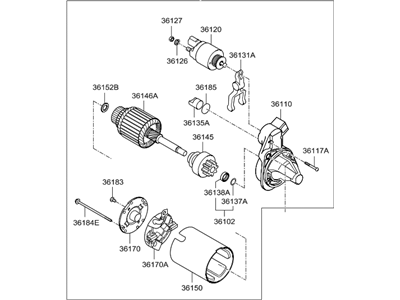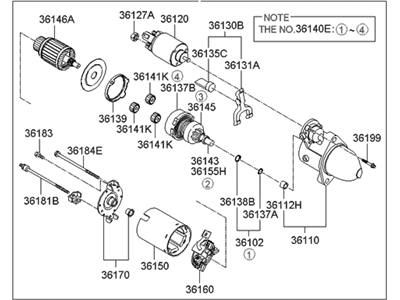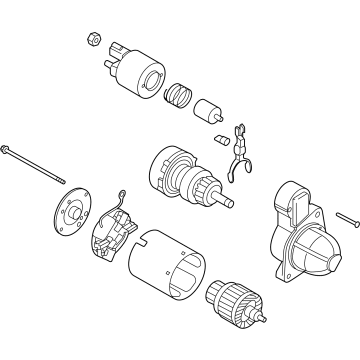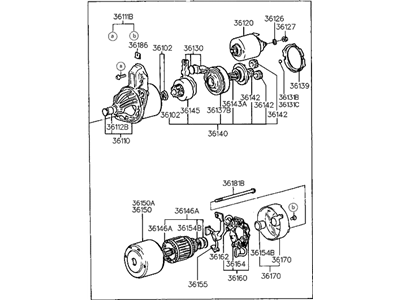×
- Hello
- Login or Register
- Quick Links
- Live Chat
- Track Order
- Parts Availability
- RMA
- Help Center
- Contact Us
- Shop for
- Hyundai Parts
- Hyundai Accessories


My Garage
My Account
Cart
Genuine Hyundai Sonata Starter Motor
Starter Ignition- Select Vehicle by Model
- Select Vehicle by VIN
Select Vehicle by Model
orMake
Model
Year
Select Vehicle by VIN
For the most accurate results, select vehicle by your VIN (Vehicle Identification Number).
38 Starter motors found

Hyundai Sonata Starter Assembly
Part Number: 36100-2G100$273.21 MSRP: $383.85You Save: $110.64 (29%)Ships in 1-3 Business Days
Hyundai Sonata Starter Assembly
Part Number: 36100-25020$283.80 MSRP: $398.73You Save: $114.93 (29%)Ships in 1-3 Business Days
Hyundai Sonata Starter Assembly
Part Number: 36100-2G210$226.05 MSRP: $317.60You Save: $91.55 (29%)Ships in 1-3 Business Days
Hyundai Sonata Starter Assembly
Part Number: 36100-37210$254.60 MSRP: $357.71You Save: $103.11 (29%)Ships in 1-3 Business Days
Hyundai Sonata Reman Starter Assembly
Part Number: 36100-37210-RM$103.95 MSRP: $154.00You Save: $50.05 (33%)Ships in 1-3 Business DaysHyundai Sonata Starter Assembly
Part Number: 36100-2G200$169.54 MSRP: $238.19You Save: $68.65 (29%)Ships in 1-3 Business DaysHyundai Sonata Starter Assembly
Part Number: 36100-2G250$212.85 MSRP: $299.05You Save: $86.20 (29%)Ships in 1-3 Business DaysHyundai Sonata Starter Assembly
Part Number: 36100-2B510$330.99 MSRP: $465.03You Save: $134.04 (29%)Ships in 1-3 Business DaysHyundai Sonata Starter Assembly
Part Number: 36100-2G400$207.86 MSRP: $292.03You Save: $84.17 (29%)Ships in 1-3 Business DaysHyundai Sonata Starter Assembly
Part Number: 36100-3C150$357.05 MSRP: $506.05You Save: $149.00 (30%)Ships in 1-3 Business DaysHyundai Sonata Starter Assembly
Part Number: 36100-2G000$169.54 MSRP: $238.19You Save: $68.65 (29%)Ships in 1-3 Business DaysHyundai Sonata Starter Assy
Part Number: 36100-2M318$296.67 MSRP: $416.81You Save: $120.14 (29%)Ships in 1-3 Business DaysHyundai Sonata Starter Assembly
Part Number: 36100-2B502$330.98 MSRP: $465.02You Save: $134.04 (29%)Ships in 1-3 Business DaysHyundai Sonata Starter Assy
Part Number: 36100-2S010$169.54 MSRP: $238.19You Save: $68.65 (29%)Ships in 1-3 Business DaysHyundai Sonata Starter Assembly
Part Number: 36100-32560$280.35 MSRP: $393.89You Save: $113.54 (29%)Ships in 1-3 Business DaysHyundai Sonata Starter Assembly
Part Number: 36100-3C180$357.05 MSRP: $506.05You Save: $149.00 (30%)Ships in 1-3 Business DaysHyundai Sonata Starter Assembly
Part Number: 36100-3C130$479.66 MSRP: $679.82You Save: $200.16 (30%)Ships in 1-2 Business DaysHyundai Sonata Starter Assembly
Part Number: 36100-32520$108.54 MSRP: $160.76You Save: $52.22 (33%)Ships in 1-3 Business DaysHyundai Sonata Starter Assembly
Part Number: 36100-32530$108.54 MSRP: $160.76You Save: $52.22 (33%)Ships in 1-3 Business DaysHyundai Sonata Starter Assembly
Part Number: 36100-32600$108.54 MSRP: $160.76You Save: $52.22 (33%)Ships in 1-3 Business Days
| Page 1 of 2 |Next >
1-20 of 38 Results
Hyundai Sonata Starter Motor
If you are looking for affordable high-quality OEM Hyundai Sonata Starter Motor, then you have come to the prime place. Our website provides a large amount of genuine Hyundai Sonata Starter Motor at unbeatable prices. All our parts come backed with the manufacturer's warranty.
Hyundai Sonata Starter Motor Parts Questions & Experts Answers
- Q: What Steps Should Be Taken to Diagnose a Starter Motor and Malfunction in the Starting Circuit on Hyundai Sonata?A:It is important to avoid blaming the starting circuit for any malfunction that occurs in it. Follow these steps to make a good diagnosis: Make sure that the Battery Cable clamps connecting your battery are clean and tight. Check out how well the battery cables are fairing on and get new ones if they have any damage at all. Inspect the battery to see if it has failed in any test; change it, if so. Test the starter solenoid wiring and connections. Ascertain whether the starter mounting bolts are secure. Investigate fusible link, trace cause of its burn and mend the circuit where necessary. Examine operation of Park/Neutral switch; place shift lever in PARK or NEUTRAL position only when you do so. Finally, evaluate operation of starter relay situated in fuse/relay box under hood near firewall between engine compartment and passenger compartment, should contribute a signal voltage from ignition switch does not start starter When ignition key on cranks but nothing happens or starter whines over check solenoid terminal for having 12 voltage with meter or test light attached as helper turn key to start; also must inspect all fuses and relays starting system series, if no reading take out starter for bench testing If low speed turning check voltages while cranking specification ranges during assembly positioned engine as well as current draw If readings fall below specified values then install different one Several things can reduce amount which includes connection cleanliness rating temperature Lastly remove bench examine unit more closely Typically fault lay defective solenoid before moving next step confirm crankshaft seized Rotate this pully first With Starter secured at Jump negative body positive B+ Put turn apply power lockout higher order determine plunger Extend engagement click pressurize activating engage mechanism Then performs correctly.
Related Hyundai Sonata Parts
Browse by Year
2023 Starter Motor 2022 Starter Motor 2021 Starter Motor 2020 Starter Motor 2019 Starter Motor 2018 Starter Motor 2017 Starter Motor 2016 Starter Motor 2015 Starter Motor 2014 Starter Motor 2013 Starter Motor 2012 Starter Motor 2011 Starter Motor 2010 Starter Motor 2009 Starter Motor 2008 Starter Motor 2007 Starter Motor 2006 Starter Motor 2005 Starter Motor 2004 Starter Motor 2003 Starter Motor 2002 Starter Motor 2001 Starter Motor 2000 Starter Motor 1999 Starter Motor 1998 Starter Motor 1997 Starter Motor 1996 Starter Motor 1995 Starter Motor 1994 Starter Motor 1993 Starter Motor 1992 Starter Motor 1991 Starter Motor 1990 Starter Motor 1989 Starter Motor 1988 Starter Motor
